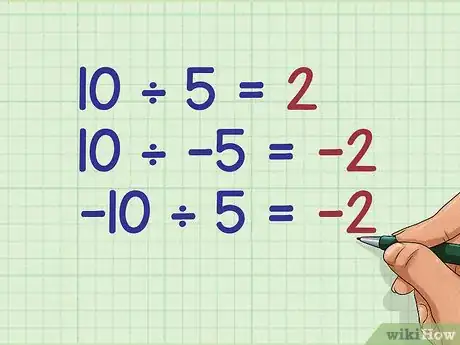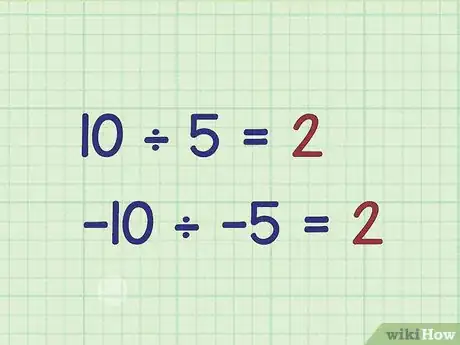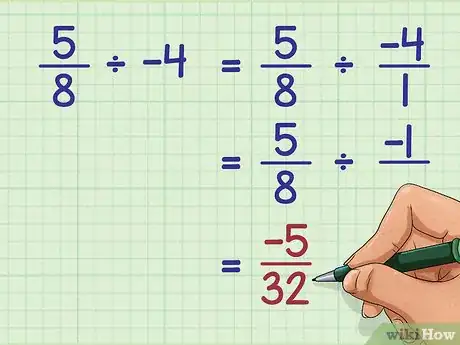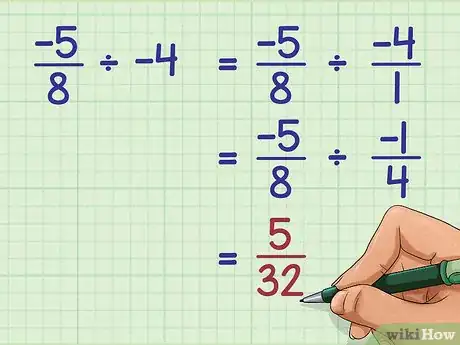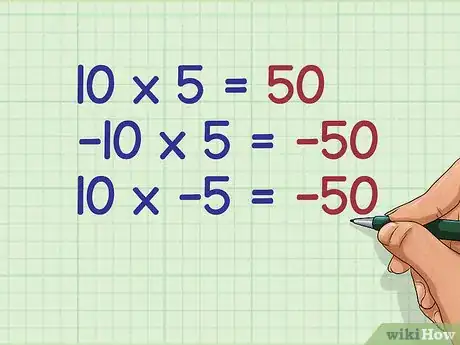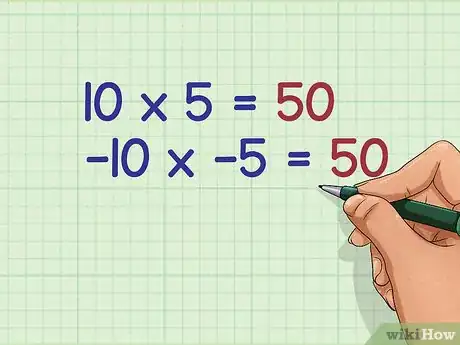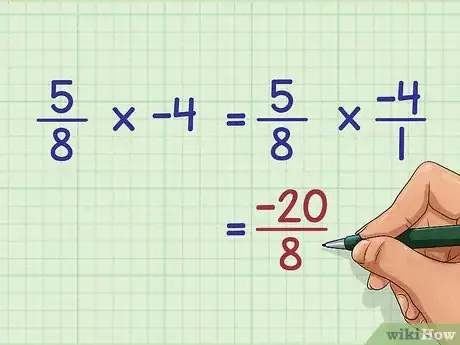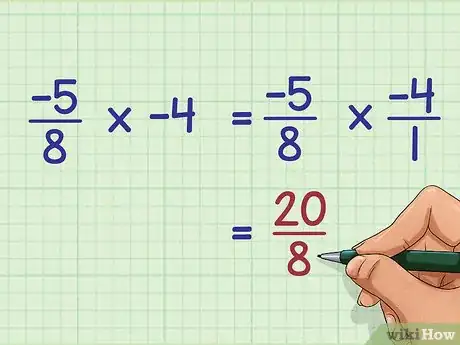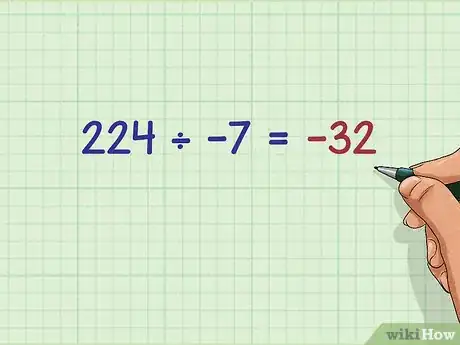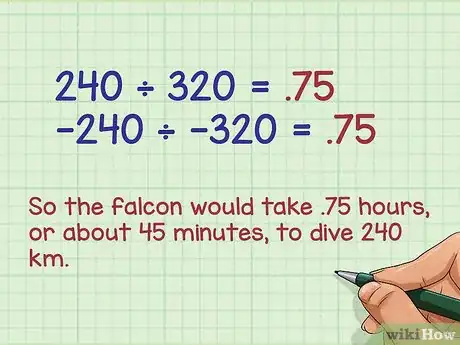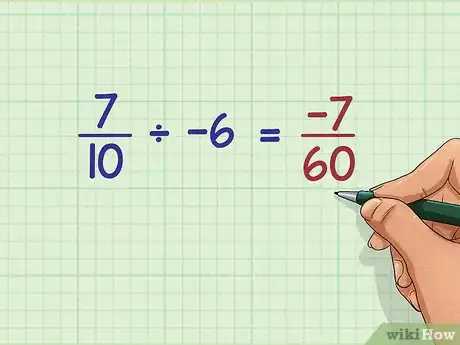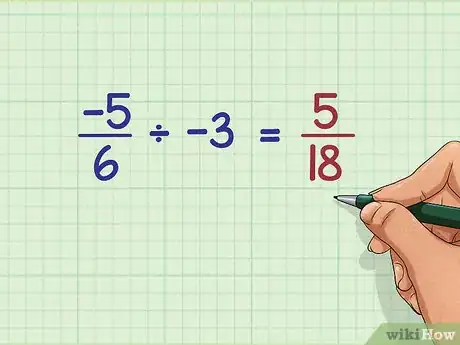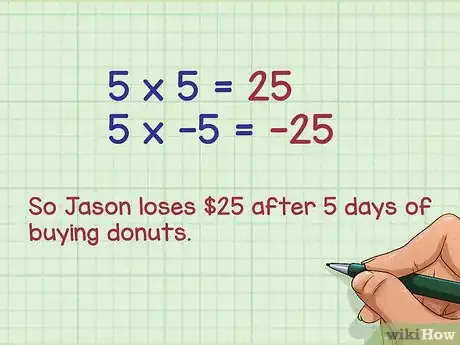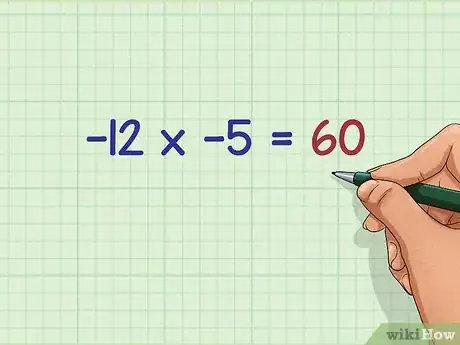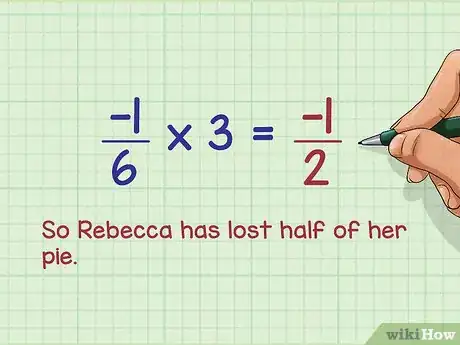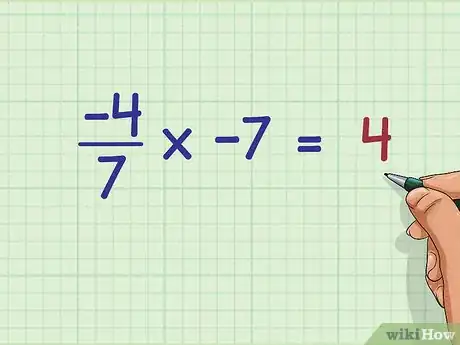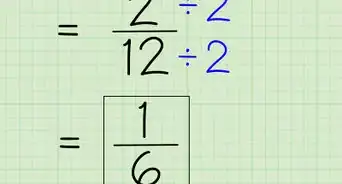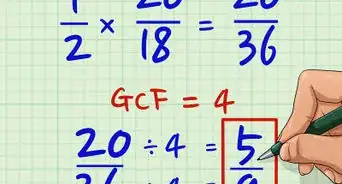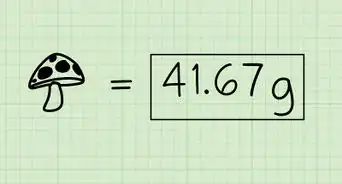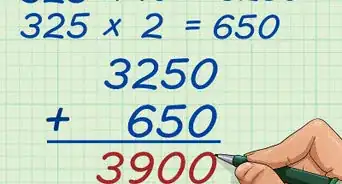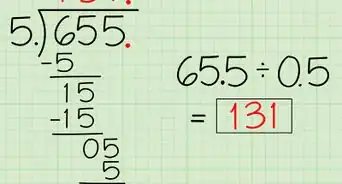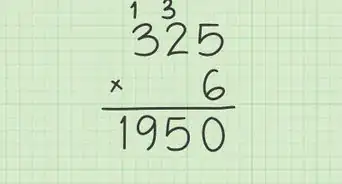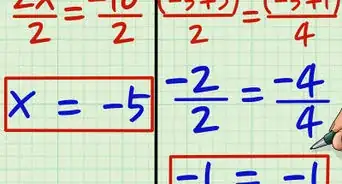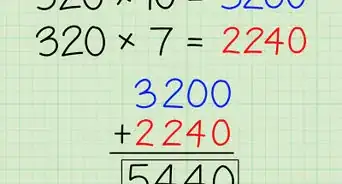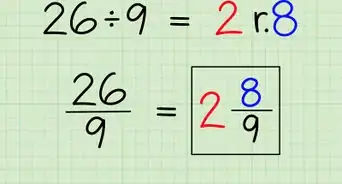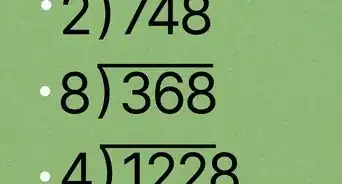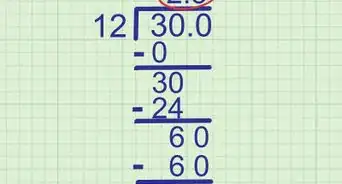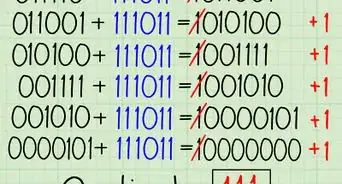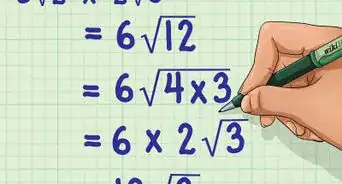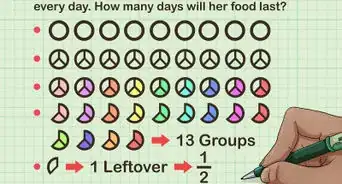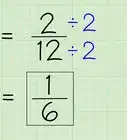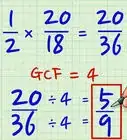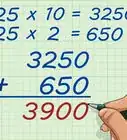This article was co-authored by wikiHow Staff. Our trained team of editors and researchers validate articles for accuracy and comprehensiveness. wikiHow's Content Management Team carefully monitors the work from our editorial staff to ensure that each article is backed by trusted research and meets our high quality standards.
There are 7 references cited in this article, which can be found at the bottom of the page.
wikiHow marks an article as reader-approved once it receives enough positive feedback. In this case, 82% of readers who voted found the article helpful, earning it our reader-approved status.
This article has been viewed 62,047 times.
Learn more...
Negative numbers have a value of less than zero. These numbers are found when working with the numbers on the left side of the number line. Negative numbers can be added, subtracted, multiplied, and divided just like positive numbers. However, special rules apply when carrying out operations with negative numbers. It is important to pay close attention to the numbers' signs when you divide and multiply by negative numbers.
Steps
Dividing with Negative Numbers
-
1Divide a positive number by a negative number. To do this, divide the integers as usual, then place a negative sign in front of the quotient. A positive number divided by a negative number is always negative. This also is the rule when dividing a negative number by a positive number.[1]
- For example:
- For example:
-
2Divide a negative number by a negative number. To do this, divide the integers as usual, and ignore the negative signs. A negative divided by a negative always equals a positive.[2]
- For example:
Advertisement - For example:
-
3Divide a positive fraction by a negative number. To do this, divide the numbers as usual, then add a negative sign to the quotient. A positive number divided by a negative number will always be negative, regardless of whether the number is a whole number or a fraction. The same is true when dividing a negative number by a positive number. Remember that dividing by a number is the same as multiplying by its reciprocal.[3]
- For example:
- For example:
-
4Divide a negative fraction by a negative number. To do this, divide the numbers as usual, and ignore the negative signs. A negative number divided by a negative number will always be positive, regardless of whether the number is a whole number or a fraction. Remember that dividing is the same as multiplying by the reciprocal.[4]
- For example:
- For example:
Multiplying with Negative Numbers
-
1Multiply a positive number by a negative number. To do this, multiply the integers as usual, then add a negative sign to the product. A positive number multiplied by a negative number is always negative.[5]
- For example:
- For example:
-
2Multiply a negative number by a negative number. To do this, multiply the integers as usual, and ignore the negative signs. A negative number multiplied by a negative number is always positive.[6]
- For example:
- For example:
-
3Multiply a positive fraction by a negative number. To do this, multiply the numbers as usual, then add a negative sign to the product. A positive number times a negative number will always be negative, regardless of whether the number is a whole number or a fraction.[7]
- For example:
- For example:
-
4Multiply a negative fraction by a negative number. To do this, multiply the numbers as usual, and ignore the negative signs. A negative number times a negative number will always be positive, regardless of whether the number is a whole number or a fraction.[8]
- For example:
- For example:
Solving Sample Problems
-
1Try this problem.
- Remember that a positive number divided by a negative number will equal a negative number.
- Since , you know that .
-
2Try this problem. A peregrine falcon can dive (lose height) at a rate of 320 km/hr. Assuming it can sustain this rate indefinitely, how long would it take a peregrine to reach a height of -240 km?
- Remember that a negative number (-240km) divided by a negative number (-320km/hr) will equal a positive number (number of hours).
- Since , you know that . So the falcon would take 0.75 hours, or about 45 minutes, to dive 240 km.
-
3Try this problem.
- Remember that a positive fraction divided by a negative number will equal a negative number.
- Since , you know that .
-
4Try this problem.
- Remember that a negative fraction divided by a negative number will equal a positive number.
- Since , you know that .
-
5Try this problem. Jason spends 5 dollars on donuts every morning. How much money will he lose on donuts after 5 days?
- Remember that a positive number (5 days) multiplied by a negative number (-5 dollars) will equal a negative number (money lost).
- Since , you know that . So Jason loses $25 after 5 days of buying donuts.
-
6Try this problem.
- Remember that a negative number times a negative number will always equal a positive number.
- Since , you know that .
-
7Try this problem. Rebecca has a whole pie in her refrigerator. Over the course of three days, her house guest sneaks into the kitchen and eats of the pie. How much pie has Rebecca lost?
- Remember that a negative fraction ( of a pie) times a positive number (3 days), will equal a negative number (amount of pie eaten).
- Since , you know that . So Rebecca has lost half of her pie.
-
8Try this problem.
- Remember that a negative fraction times a negative number will equal a positive number.
- Since , you know that
Community Q&A
-
QuestionHow is 240 possibly divided by 320?
 DonaganTop AnswererWhen a smaller number is divided by a larger number, the quotient is less than 1.
DonaganTop AnswererWhen a smaller number is divided by a larger number, the quotient is less than 1. -
QuestionWhat about a fraction multiplied by a negative number?
 Community AnswerPut a "one" under the negative number, leaving the negative sign ON TOP, and then multiply the fraction as usual.
Community AnswerPut a "one" under the negative number, leaving the negative sign ON TOP, and then multiply the fraction as usual.
Warnings
- Check your sign after completing the operation. The sign of the answer changes the entire value of the number.⧼thumbs_response⧽
References
- ↑ http://www.purplemath.com/modules/negative3.htm
- ↑ https://www.khanacademy.org/v/dividing-positive-and-negative-numbers
- ↑ http://www.virtualnerd.com/algebra-1/algebra-foundations/real-number-multiply-divide/real-number-divide/reciprocal-rule-of-division-definition
- ↑ https://www.khanacademy.org/math/cc-seventh-grade-math/cc-7th-negative-numbers-multiply-and-divide/cc-7th-mult-div-negatives/v/dividing-positive-and-negative-numbers
- ↑ https://www.mathsisfun.com/multiplying-negatives.html
- ↑ https://www.mathsisfun.com/multiplying-negatives.html
- ↑ https://www.khanacademy.org/math/cc-seventh-grade-math/cc-7th-negative-numbers-multiply-and-divide/cc-7th-mult-div-neg-fractions/v/multiplying-negative-and-positive-fractions
- ↑ https://sciencing.com/multiply-fractions-negative-numbers-7800872.html
